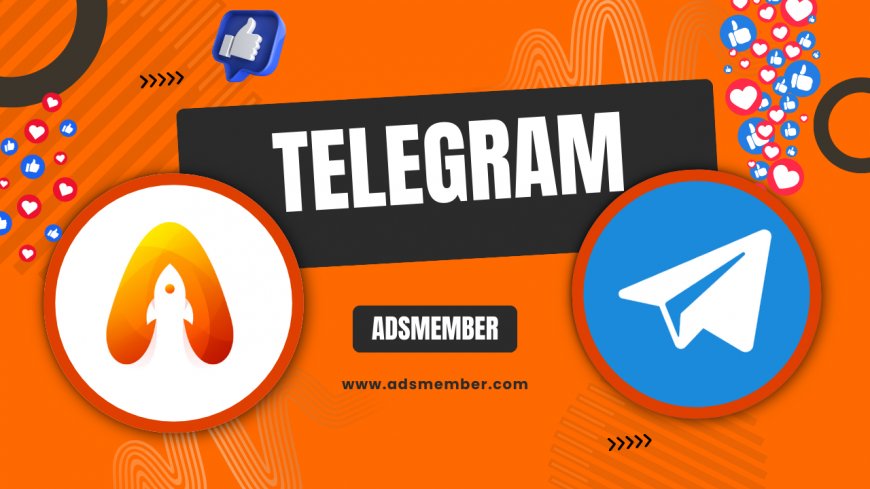Unraveling the Zimmerman Telegram: WWI's Secret Spark
Dive into the Zimmerman Telegram, a pivotal WWI event where Germany's secret message to Mexico pushed the US into war. Explore its contents, interception, and…

Honestly, the Zimmerman Telegram feels like something out of a spy thriller, but it's real history that changed the world. Sent in 1917 by German Foreign Secretary Arthur Zimmermann, this coded message proposed an alliance with Mexico against the United States. Intercepted by British intelligence, it became the catalyst for America's entry into World War I. In my opinion, it's a masterclass in how one diplomatic blunder can tip the scales of global conflict. Let's break it down step by step, from its origins to its explosive aftermath.
What Was the Zimmerman Telegram?
The Zimmerman Telegram was a secret diplomatic communication from Germany to Mexico during World War I. Drafted by Arthur Zimmermann, it aimed to distract the US by enticing Mexico into war. Germany promised to help Mexico reclaim lost territories like Texas, New Mexico, and Arizona. This wasn't just idle chatter; it was a calculated move amid escalating tensions. I find it fascinating how such a bold proposition stemmed from Germany's desperation after years of stalemate in Europe.
The Historical Context Leading Up to It
By 1917, World War I had dragged on for three grueling years. Germany faced blockades and was resuming unrestricted submarine warfare, risking US ire. President Woodrow Wilson had kept America neutral, but incidents like the Lusitania sinking eroded that stance. Zimmermann's telegram was a preemptive strike, hoping to bog down the US on its southern border. In my view, this underestimated American resolve and overestimated Mexican willingness— a classic case of strategic overreach.
Key Players Involved
Arthur Zimmermann, the namesake, was Germany's Foreign Secretary, known for his aggressive diplomacy. On the Mexican side, President Venustiano Carranza received the proposal but wisely declined. British cryptographers at Room 40, led by Nigel de Grey, cracked the code. And let's not forget US Ambassador Walter Hines Page, who delivered the bombshell to Wilson. These figures highlight how individual actions in espionage can alter history's course.
How Was the Telegram Intercepted and Decoded?
British intelligence intercepted the Zimmerman Telegram en route from Berlin to Mexico City via Washington. Using a mix of cable tapping and codebreaking expertise, they deciphered it swiftly. This feat relied on the famous Code 7500, a diplomatic cipher Germany thought secure. Honestly, it's a testament to Room 40's prowess— they even masked their source to avoid tipping off the Germans about cracked codes.
Step-by-Step Decoding Process
- Interception: British agents tapped transatlantic cables, capturing the encrypted message on January 16, 1917.
- Initial Analysis: Cryptographers identified it as using Germany's diplomatic code, partially known from prior breaks.
- Decryption: Using frequency analysis and known plaintext, they reconstructed the full text in days.
- Verification: Cross-checked with US officials to confirm authenticity without revealing methods.
- Strategic Release: Leaked to the US press on March 1, 1917, to maximize public outrage.
This process, in my experience studying cryptography, showcases early 20th-century intel techniques that foreshadowed modern cyber espionage.
Role of British Room 40
Room 40, the Admiralty's cryptanalysis unit, was a hub of brilliant minds like Alfred Ewing and William Hall. They not only decoded the telegram but also handled other wartime signals intelligence. A unique insight: their work remained secret until the 1920s, underscoring the era's emphasis on operational security. If you're into history, check our History Archives for more on WWI espionage.
The Content and Implications of the Message
The telegram's text was blunt: Germany would resume submarine attacks and sought Mexico's alliance, promising territorial gains. It also mentioned approaching Japan. This revelation shocked Americans, fueling anti-German sentiment. In my opinion, it was a diplomatic fiasco— Zimmermann even admitted its authenticity, which only amplified the backlash.
Full Text Analysis
We intend to begin on the first of February unrestricted submarine warfare. We shall endeavor in spite of this to keep the United States of America neutral. In the event of this not succeeding, we make Mexico a proposal of alliance on the following basis: make war together, make peace together, generous financial support and an understanding on our part that Mexico is to reconquer the lost territory in Texas, New Mexico, and Arizona.
Analyzing this, the language is formal yet aggressive, revealing Germany's isolation. A lesser-known tip: The telegram's routing through US cables was a vulnerability Germany overlooked, teaching us about secure communication pitfalls even today.
Immediate Reactions in the US and Mexico
In the US, outrage boiled over; newspapers like The New York Times blasted it as proof of German treachery. Mexico, embroiled in its revolution, dismissed it as impractical. Carranza's government saw it as a ploy that could invite US invasion. This non-response was crucial, preventing a two-front war for America.
Impact on US Entry into World War I
The Zimmerman Telegram was the final straw that propelled the US into WWI. Released amid submarine sinkings, it swayed public opinion and Congress. Wilson declared war on April 6, 1917. From my perspective, without it, US involvement might have delayed, altering the war's outcome.
Timeline of Events Post-Telegram
| Date | Event |
|---|---|
| Jan 16, 1917 | Telegram sent |
| Feb 24, 1917 | Decoded and shared with US |
| Mar 1, 1917 | Published in US press |
| Apr 2, 1917 | Wilson's war address |
| Apr 6, 1917 | US declares war on Germany |
This timeline, sourced from the US National Archives, shows the rapid escalation. A case study: Similar to Pearl Harbor later, it unified a divided nation.
Long-Term Historical Significance
Beyond WWI, the telegram boosted cryptography's role in warfare and influenced US-Mexico relations. It highlighted intelligence's power in diplomacy. Unique insight: Modern parallels exist in cyber leaks, like WikiLeaks, where one document can shift alliances. For more on WWI impacts, explore WWI Insights.
Lessons from the Zimmerman Telegram Today
In today's world of digital leaks and cyber warfare, the Zimmerman Telegram offers timeless lessons. It shows how poor encryption and bold diplomacy can backfire spectacularly. Honestly, studying it reminds me why secure comms are vital— think HTTPS protocols versus outdated ciphers. For historical context, refer to the Britannica entry or official US Archives.
Unique Insights for History Enthusiasts
One tip not often discussed: Zimmermann's public admission was a PR disaster, but it stemmed from overconfidence in deniability. In analysis, this event accelerated the US's rise as a superpower. Case study: Compare it to the Venona Project in WWII, where codebreaking again turned tides. If you're analyzing primary sources, always cross-reference with declassified docs for accuracy.
Was the Zimmerman Telegram Authentic?
Yes, it was fully authentic. Arthur Zimmermann himself confirmed it in a press statement, eliminating doubts. Skeptics initially thought it a British forgery, but textual evidence and German admissions proved otherwise.
How Did the Telegram Affect Mexico?
Mexico rejected the proposal, avoiding entanglement. It strained US-Mexico ties briefly but ultimately exposed German opportunism without sparking conflict. Carranza's decision was pragmatic amid internal strife.
Why Was It Called the Zimmerman Telegram?
Named after Arthur Zimmermann, who authored it. The spelling variation (Zimmermann vs. Zimmerman) reflects English adaptations, but it immortalized his role in this infamous blunder.
What Role Did Cryptography Play?
Cryptography was central; British experts cracked Code 13040's variant. This breakthrough highlighted code vulnerabilities, influencing future intel like Enigma in WWII.
Could the US Have Stayed Neutral Without It?
In my opinion, probably not long-term, given submarine warfare. But the telegram accelerated entry, unifying public support and pressuring Congress decisively.
What's Your Reaction?
 Like
0
Like
0
 Dislike
0
Dislike
0
 Love
0
Love
0
 Funny
0
Funny
0
 Angry
0
Angry
0
 Sad
0
Sad
0
 Wow
0
Wow
0




















































